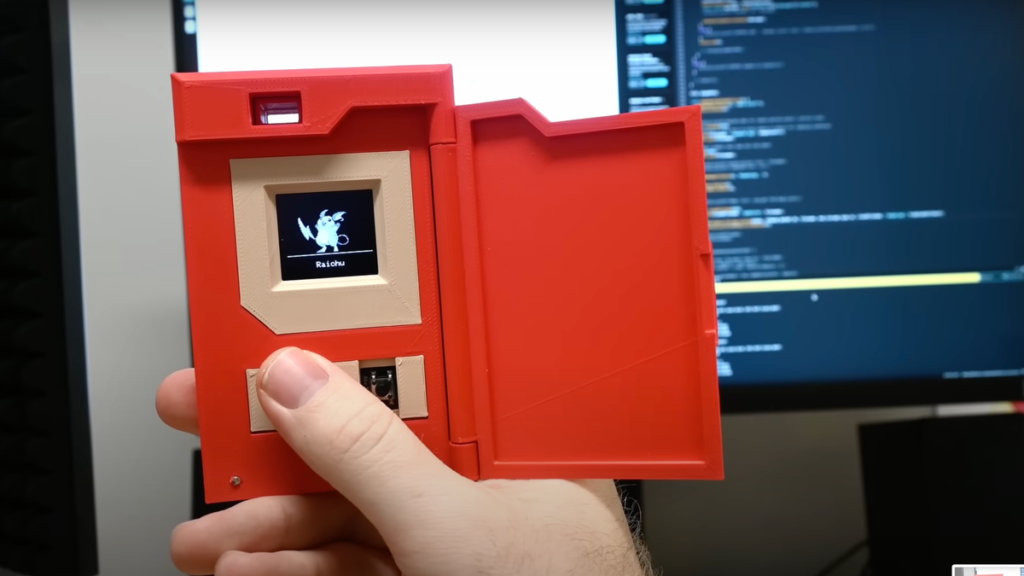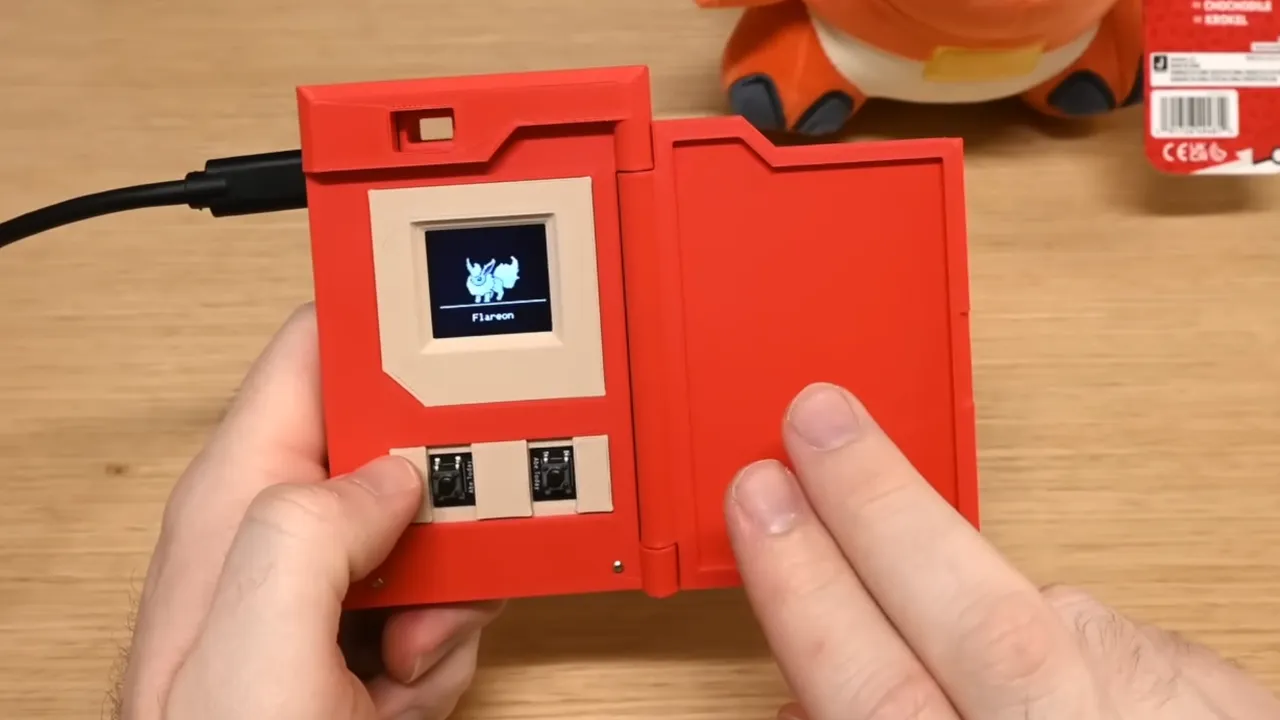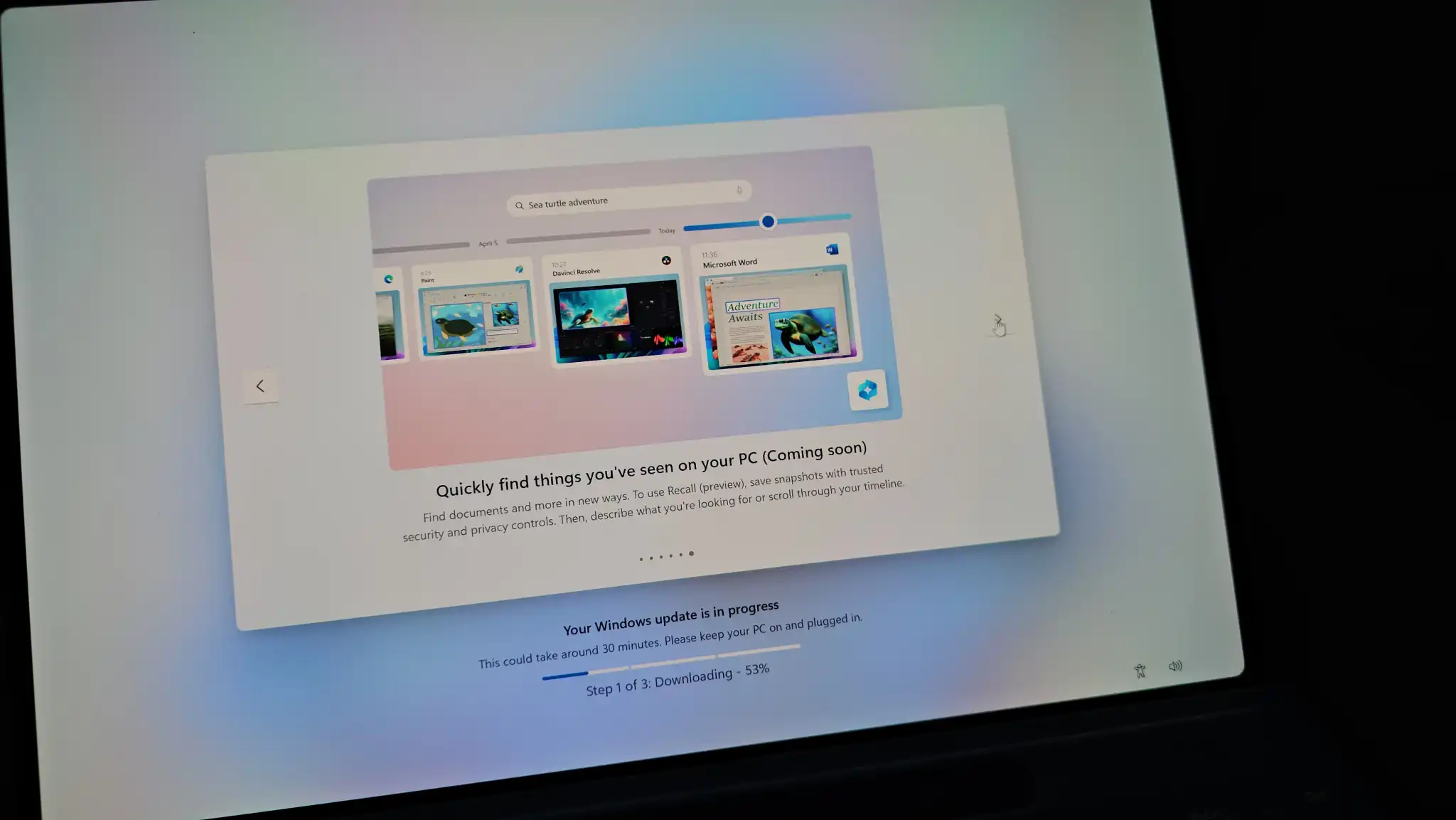
As a child, the gadgets featured in movies and TV shows often stole the spotlight. From John Connor’s handheld Atari to Marty McFly’s self-lacing Nikes, these fictional inventions fueled my imagination and ignited a desire for similar futuristic marvels. So, when I stumbled upon YouTuber Abe’s Projects and witnessed his remarkable feat of bringing the iconic Pokedex from the Pokemon cartoon to life, I couldn’t help but feel a sense of kinship.
For those unfamiliar with the late 90s phenomenon, the Pokedex is a handheld computer reminiscent of the Palm Pilots of its era. Its primary function? To identify and catalog the various Pokemon creatures encountered in the wild, serving as a narrative tool to inject exposition whenever protagonist Ash stumbled upon a new critter. While toys of the era attempted to replicate its functionality, none could match its near-magical ability to identify Pokemon through a camera lens.
Enter Abe, a passionate fan of both the Pokemon cartoon and its accompanying toys. Inspired by his love for the series, he embarked on a mission to create a real-world version of the Pokedex. His vision? A device capable of identifying Pokemon based on visuals alone, whether encountered in the real world or via images on a screen. With a basic design sketched out, Abe set to work, utilizing a combination of a camera, screen, speaker, and navigation buttons, all housed within the iconic gen 1 Pokedex casing crafted by a 3D printer.
While replicating the physical design proved relatively straightforward, the true magic lay in endowing the gadget with the ability to accurately identify Pokemon and display relevant information in a manner reminiscent of the original robo-voice. This feat required a complex blend of custom code, leveraging technologies like ChatGPT for visual recognition, PokeAPI for pixelated visuals and flavor text, PlayHT for voice synthesis, and Firebase for seamless integration.
Witnessing Abe’s labor of love unfold is nothing short of fascinating. As someone with limited expertise in hardware and software projects, observing him meticulously design and assemble his own Pokedex from scratch is a testament to his ingenuity. From crafting internal brackets to writing custom code that filters out audio spikes, Abe’s dedication shines through in every aspect of his project.
While the final version of the Pokedex may not be flawless, it serves its purpose admirably. Abe can now point it at Pokemon toys or images on LCD screens, allowing it to process and identify the creatures before displaying pixelated renditions accompanied by simulated Pokedex voiceovers. While not without its quirks, this real-life incarnation of the Pokedex is a testament to Abe’s creativity and technical prowess.




